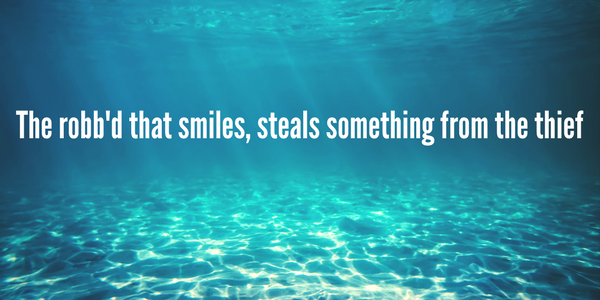
When Disney and DreamWorks released The Light Between Oceans in September of 2016, it had plenty of buzz around its potential for Oscar glory. While the film did not garner any recognition at the Academy Awards, it did make the news in a less exciting way.
According to IP Watchdog, both Disney and DreamWorks were named in a copyright infringement lawsuit, claiming that the film (and the novel it is adapted from) was stolen from an earlier script by Joseph Nobile.
Whether the story for the original novel washed ashore for the author to adopt, or the plaintiff is mistaken, there are lessons for Disney and other filmmakers on avoiding copyright infringement lawsuits.
Background of the Copyright Infringement Claim
According to the complaint filed in New York District Court, Mr. Nobile registered his screenplay with the U.S. Copyright Office in 2004 before sending the script to both Miramax and Working Title Films.
One of the readers for both Miramax and Working Title Films at that time was Jeremy Sheldon, a Birkbeck College (London) professor of creative writing. A few years later, Margot Louise Watts (the real name of the author of the novel) began taking classes at Birkbeck, including creative writing with Sheldon.
The lawsuit alleges that during that time, and possibly others, Watts had access to the original script through Sheldon, and that she plagiarized the work for her own novel, The Light Between Oceans, published in 2012.
Where Disney Went Wrong
Although Disney and DreamWorks acquired the rights to the film from the novel’s author, it is unclear if they checked the background of the novel. An in-depth search might have alerted them to the potential risk they were taking on.
The complaint alleges 22 “substantial” and “striking” similarities between the original screenplay and Watts’s novel. These include the setting, characters, specific actions, and even dialogue.
- Both involve a childless couple on a remote island who discovers an infant washed ashore shortly after the wife’s third stillbirth.
- In both, the husband buries the adult found dead in the boat with the baby.
- The husband has dreams about drowning in both stories.
If the allegations are true, then a detailed search of the U.S. Copyright records might have been able to uncover the ties between the two. Having discovered these similarities, Disney could have scrapped the project or conducted additional research into the background of the source novel. And perhaps more importantly, Disney should have obtained an annotation guide not only for the script but for the novel as well.
Avoiding a Similar Lawsuit
While it’s never possible to guarantee freedom from legal trouble, especially when a film is highly successful, filmmakers can reduce their risk of copyright infringement lawsuits through due diligence.
Specifically, don’t assume that a previously published work (such as a novel) has already been properly vetted, or that the publishing company will bear the liability of any lawsuits. It is the responsibility of the filmmaker and studios to ensure that the works they create are original, or based on original material.
This process of ensuring the story you are considering is legitimately available can be daunting, time-consuming, and expensive—especially for filmmakers who may not have expertise or experience.
The best way to mitigate risk and avoid the courtroom is to have a professional search conducted. A Script Clearance Report will do just that and provide the results in a clear, understandable report. Your report will give early warning of potential risk, including trademarked names (such as organizations, people, and products), defamation risks, and potential copyright infringement (including plagiarism).
The Clearance Lab specializes in helping filmmakers and production companies of all sizes protect their films. Protect yours today with a Script Clearance Report.

